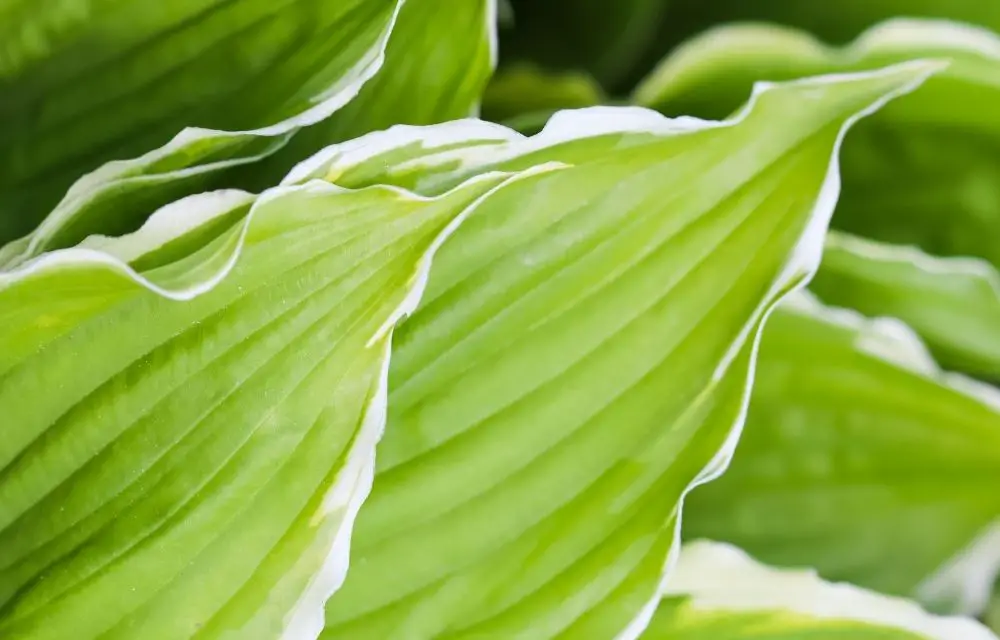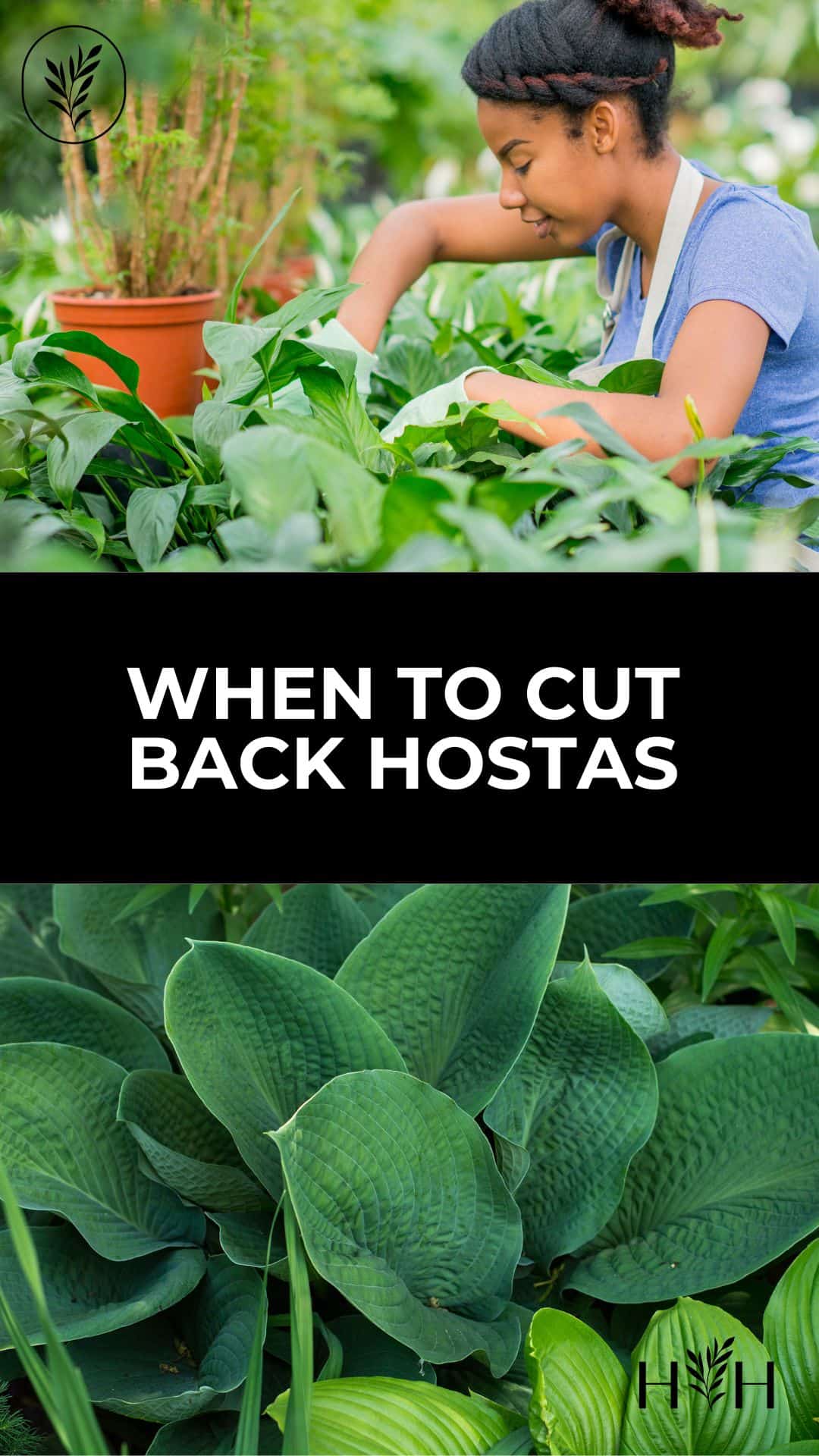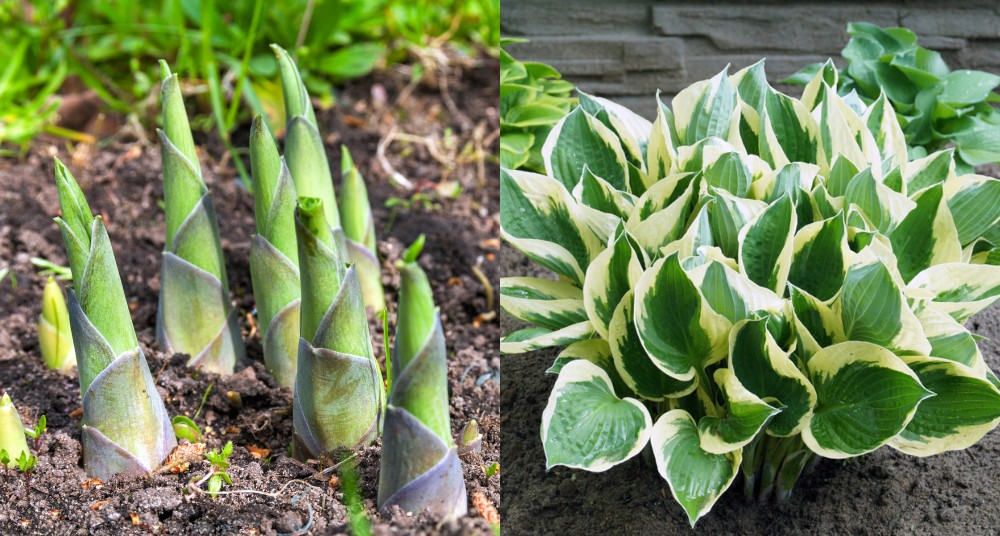Why Cutting Back Hostas is Crucial for Their Health
As the fall season approaches, it’s essential to prepare hostas for the winter months by cutting them back. This crucial step in hosta maintenance promotes healthy growth, prevents disease, and encourages new foliage in the spring. When hostas are not cut back, they can become susceptible to disease and pests, which can spread quickly and cause significant damage. By cutting back hostas in the fall, gardeners can remove any diseased or damaged material, reducing the risk of infection and promoting healthy growth. Additionally, cutting back hostas in the fall allows the plant to focus its energy on developing strong roots and storing energy for the next growing season, resulting in more vibrant foliage and increased blooms in the spring. By incorporating cutting back hostas in fall into their maintenance routine, gardeners can enjoy a thriving hosta bed for years to come.
When to Cut Back Hostas: Timing is Everything
Timing is crucial when it comes to cutting back hostas in the fall. Cutting back hostas at the right time ensures that the plant has enough energy stored for the winter months and promotes healthy growth in the spring. So, when is the ideal time to cut back hostas? Generally, it’s best to cut back hostas when the foliage starts to yellow and die back, usually around late October or early November. This is a sign that the plant is preparing for dormancy and is no longer actively growing. Cutting back hostas too early can cause new growth, which can be damaged by frost, while cutting back too late can leave the plant vulnerable to disease and pests. By waiting for the right moment to cut back hostas, gardeners can ensure a healthy and thriving hosta bed come springtime. Additionally, cutting back hostas in the fall allows gardeners to remove any diseased or damaged material, reducing the risk of infection and promoting healthy growth. By incorporating cutting back hostas in fall into their maintenance routine, gardeners can enjoy a thriving hosta bed for years to come.
How to Cut Back Hostas: A Step-by-Step Guide
Cutting back hostas in the fall is a crucial step in preparing them for winter, but it’s essential to do it correctly to avoid damaging the plant. Here’s a step-by-step guide on how to properly cut back hostas:
Step 1: Gather the Right Tools – Use sharp, clean pruning shears or loppers to cut back the hosta foliage. This will help prevent spreading disease and make the cutting process easier.
Step 2: Remove Dead or Damaged Foliage – Start by removing any dead or damaged leaves or stems from the hosta plant. This will help prevent the spread of disease and encourage healthy growth.
Step 3: Cut Back the Foliage – Cut back the hosta foliage to within 3-4 inches of the ground. Make clean cuts at a 45-degree angle, and avoid tearing or ripping the leaves.
Step 4: Dispose of Cuttings – Dispose of any diseased or damaged material, and consider composting the healthy cuttings to create nutrient-rich soil for your garden.
Step 5: Clean and Disinfect Tools – Clean and disinfect your pruning tools to prevent the spread of disease to other plants.
By following these steps, gardeners can ensure that their hostas are properly cut back and prepared for the winter months. Remember to cut back hostas in the fall to promote healthy growth, prevent disease, and encourage new foliage in the spring. By incorporating cutting back hostas in fall into their maintenance routine, gardeners can enjoy a thriving hosta bed for years to come.
What to Do with the Cuttings: Composting and Disposal
After cutting back hostas in the fall, gardeners are left with a pile of cut foliage. But what to do with it? Proper disposal and composting of the cuttings are crucial to maintaining a healthy hosta bed.
Composting the Cuttings – Healthy hosta foliage can be composted and turned into nutrient-rich soil for the garden. Simply add the cuttings to the compost pile, making sure to balance them with other compost materials like leaves and twigs. The resulting compost can be used to fertilize the hosta bed in the spring, promoting healthy growth and vibrant foliage.
Disposing of Diseased or Damaged Material – However, any diseased or damaged hosta foliage should be disposed of properly to prevent the spread of disease. Bag the material and dispose of it in the trash, or burn it if allowed by local regulations. Do not compost diseased or damaged material, as this can spread disease to other plants in the garden.
By properly disposing of the cuttings and composting healthy material, gardeners can create a nutrient-rich soil environment that promotes healthy hosta growth. Remember, cutting back hostas in the fall is an essential step in preparing them for winter, and proper disposal and composting of the cuttings is a crucial part of that process. By following these tips, gardeners can enjoy a thriving hosta bed for years to come.
Additional Fall Care Tips for Hostas
In addition to cutting back hostas in the fall, there are several other essential care tips to ensure a healthy and thriving hosta bed. By incorporating these tips into their fall maintenance routine, gardeners can promote healthy growth, prevent disease, and encourage new foliage in the spring.
Mulching – Apply a layer of organic mulch, such as straw or bark chips, around the base of the hosta plants. This will help retain moisture, suppress weeds, and regulate soil temperature. Mulching also helps to protect the hosta crowns from extreme temperatures and prevents heaving during the winter months.
Watering – Although hostas require less water during the fall, it’s still essential to keep the soil consistently moist. Water the hosta bed deeply once or twice a week, depending on weather conditions. This will help the plants prepare for the winter months and promote healthy growth in the spring.
Fertilizing – Fall is an excellent time to fertilize hostas, as it helps to promote healthy growth and encourages new foliage in the spring. Use a balanced, slow-release fertilizer and follow the manufacturer’s instructions for application rates. Avoid over-fertilizing, as this can cause more harm than good.
By incorporating these additional fall care tips into their maintenance routine, gardeners can ensure a healthy and thriving hosta bed. Remember, cutting back hostas in the fall is just one part of the process. By combining it with proper mulching, watering, and fertilizing, gardeners can enjoy a vibrant and thriving hosta bed for years to come.
Common Mistakes to Avoid When Cutting Back Hostas
While cutting back hostas in the fall is a crucial step in preparing them for winter, there are several common mistakes to avoid to ensure a healthy and thriving hosta bed. By being aware of these mistakes, gardeners can take the necessary precautions to promote healthy growth and prevent disease.
Cutting Too Much or Too Little – One of the most common mistakes when cutting back hostas is cutting too much or too little of the foliage. Cutting too much can stress the plant, making it more susceptible to disease, while cutting too little may not remove enough of the dead or dying foliage. Aim to cut back the hosta foliage to within 3-4 inches of the ground, making sure to remove any dead or dying leaves.
Not Disinfecting Tools – Failing to disinfect tools between cuts can spread disease from one plant to another. Make sure to disinfect pruning tools with a solution of one part bleach to nine parts water to prevent the spread of disease.
Not Removing Dead or Diseased Foliage – Dead or diseased foliage can harbor diseases and pests that can spread to other plants in the garden. Make sure to remove any dead or diseased foliage when cutting back hostas in the fall, and dispose of it properly.
By avoiding these common mistakes, gardeners can ensure a healthy and thriving hosta bed. Remember, cutting back hostas in the fall is a crucial step in preparing them for winter, and by following the proper techniques and avoiding common mistakes, gardeners can enjoy a vibrant and thriving hosta bed for years to come.
The Benefits of Cutting Back Hostas: What to Expect in the Spring
By cutting back hostas in the fall, gardeners can expect a multitude of benefits come springtime. One of the most noticeable advantages is the promotion of healthy growth. When hostas are cut back, the energy of the plant is redirected towards the roots, allowing them to grow stronger and more robust. This, in turn, leads to more vibrant and lush foliage in the spring.
Another significant benefit of cutting back hostas in the fall is the increased likelihood of blooms in the spring. By removing the dead and dying foliage, the plant is able to focus its energy on producing new growth, including flowers. This can lead to a more profuse and colorful display of blooms in the spring.
In addition to promoting healthy growth and encouraging blooms, cutting back hostas in the fall also helps to prevent disease. By removing dead and diseased foliage, gardeners can reduce the risk of disease spreading to other plants in the garden. This can lead to a healthier and more thriving hosta bed come springtime.
Finally, cutting back hostas in the fall can also help to improve the overall appearance of the garden. By removing the dead and dying foliage, the garden can take on a more tidy and well-manicured appearance, even in the dead of winter. This can be especially beneficial for gardeners who take pride in their outdoor space.
By cutting back hostas in the fall, gardeners can reap a multitude of benefits come springtime. From promoting healthy growth and encouraging blooms, to preventing disease and improving the overall appearance of the garden, the importance of cutting back hostas in the fall cannot be overstated.
Conclusion: A Well-Maintained Hosta Bed for Years to Come
By following the simple yet crucial steps outlined in this guide, gardeners can ensure a thriving hosta bed for years to come. Cutting back hostas in the fall is a vital part of their maintenance, and by doing so, gardeners can promote healthy growth, prevent disease, and encourage new foliage in the spring.
Remember, cutting back hostas in the fall is not a one-time task, but rather an essential part of their annual care. By incorporating this practice into their fall maintenance routine, gardeners can enjoy a vibrant and thriving hosta bed that will continue to flourish for years to come.
So, take the time to properly prepare your hostas for winter by cutting back their foliage in the fall. With a little effort and attention, gardeners can reap the rewards of a healthy and thriving hosta bed, complete with vibrant foliage and beautiful blooms. By cutting back hostas in the fall, gardeners can ensure a stunning display of color and texture in their garden, and enjoy the many benefits that come with it.









